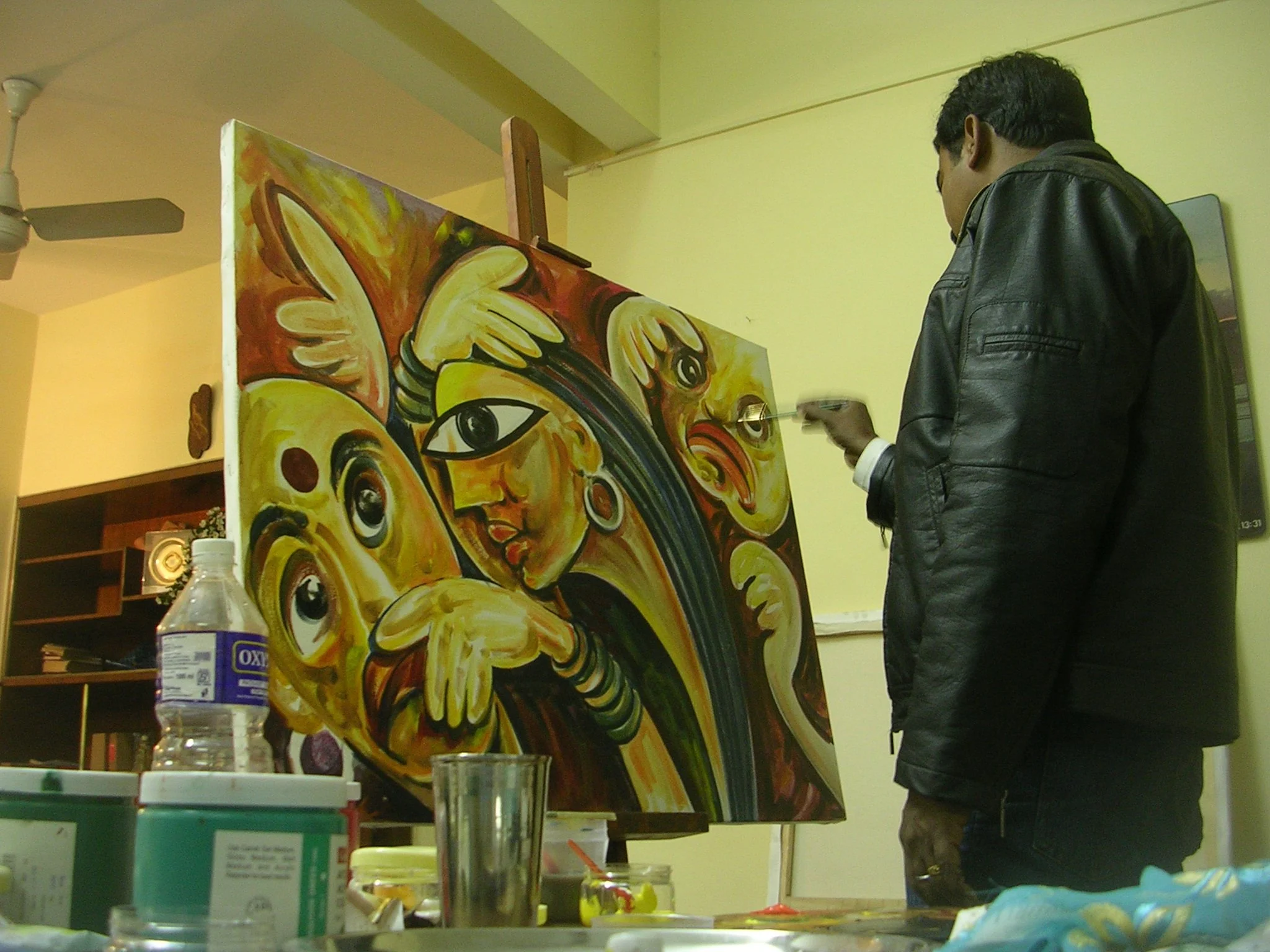

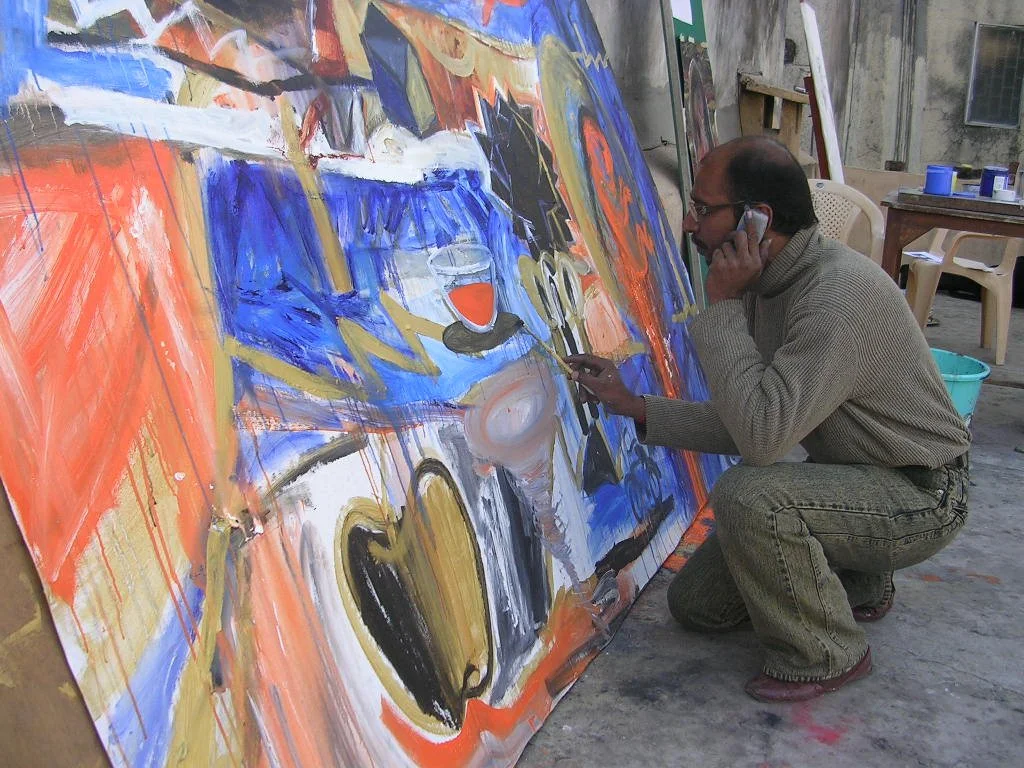


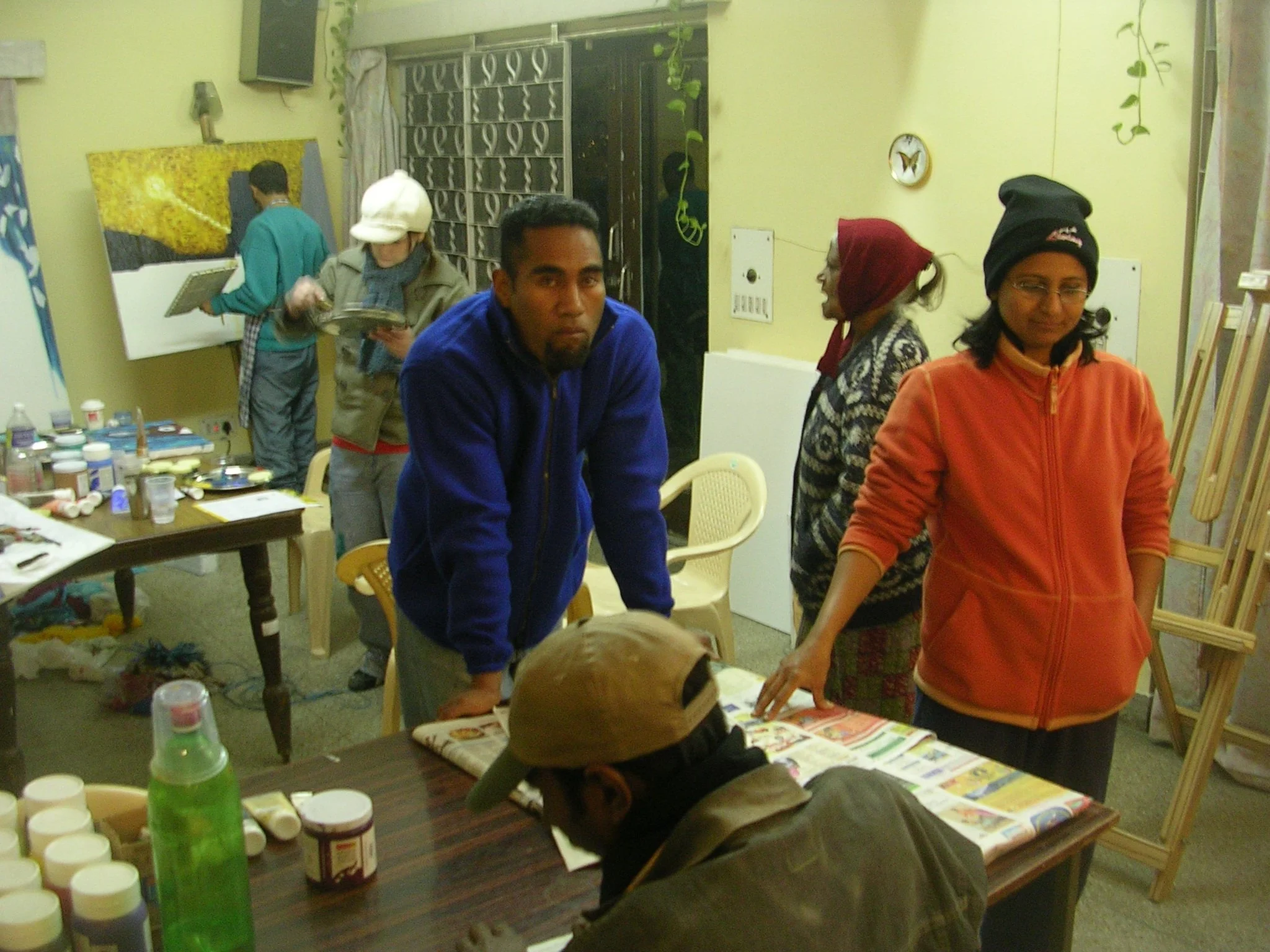
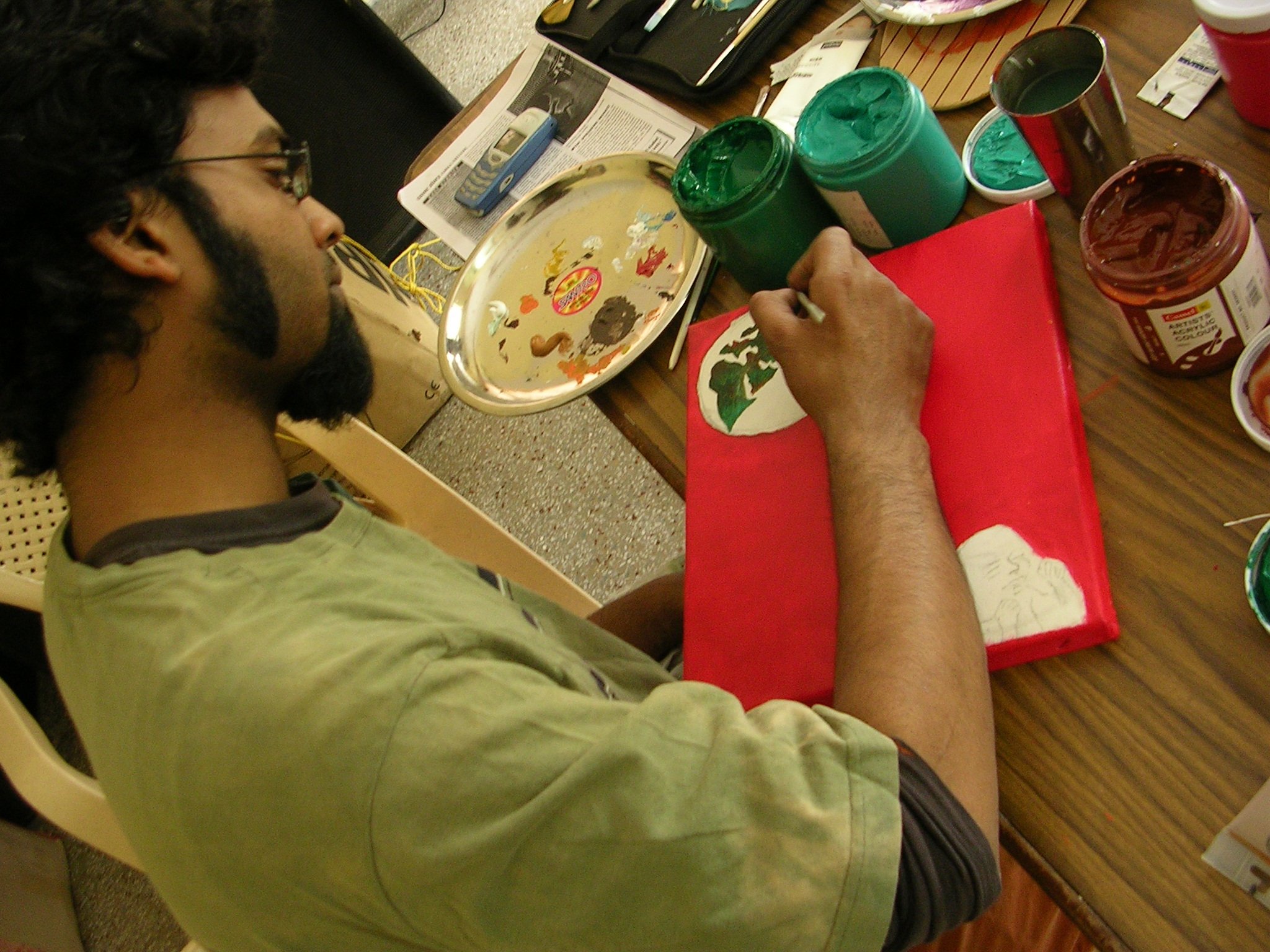
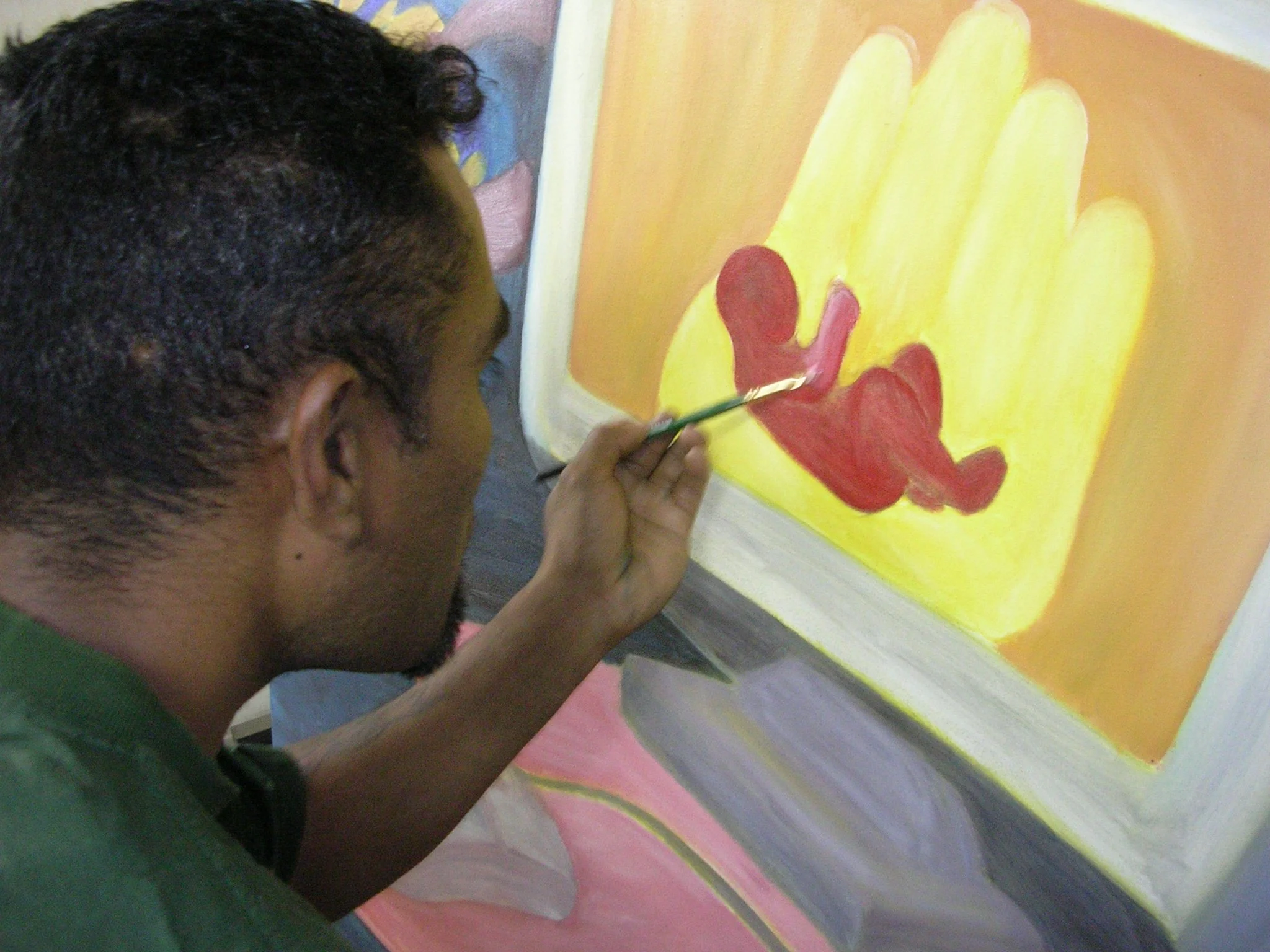

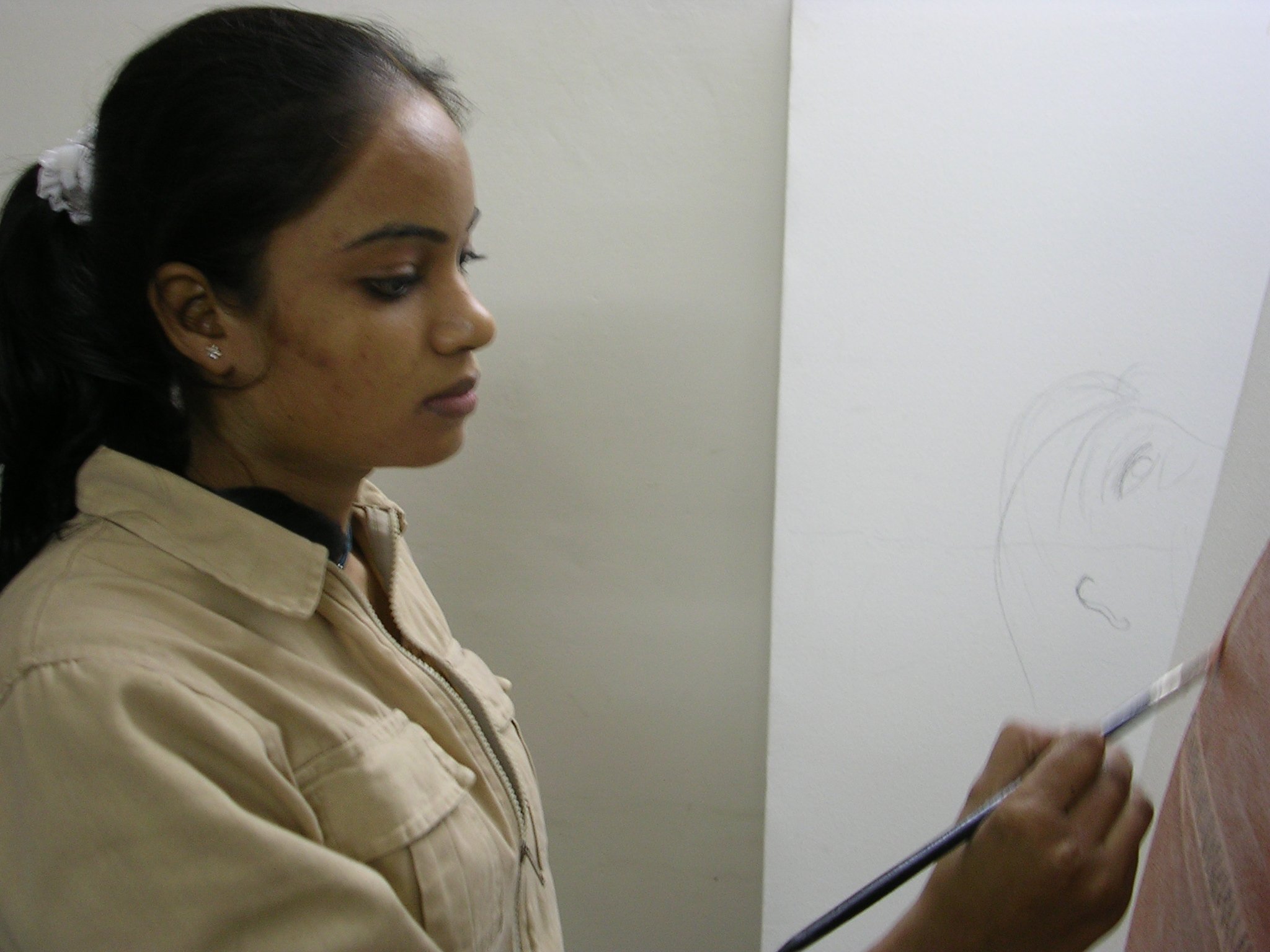
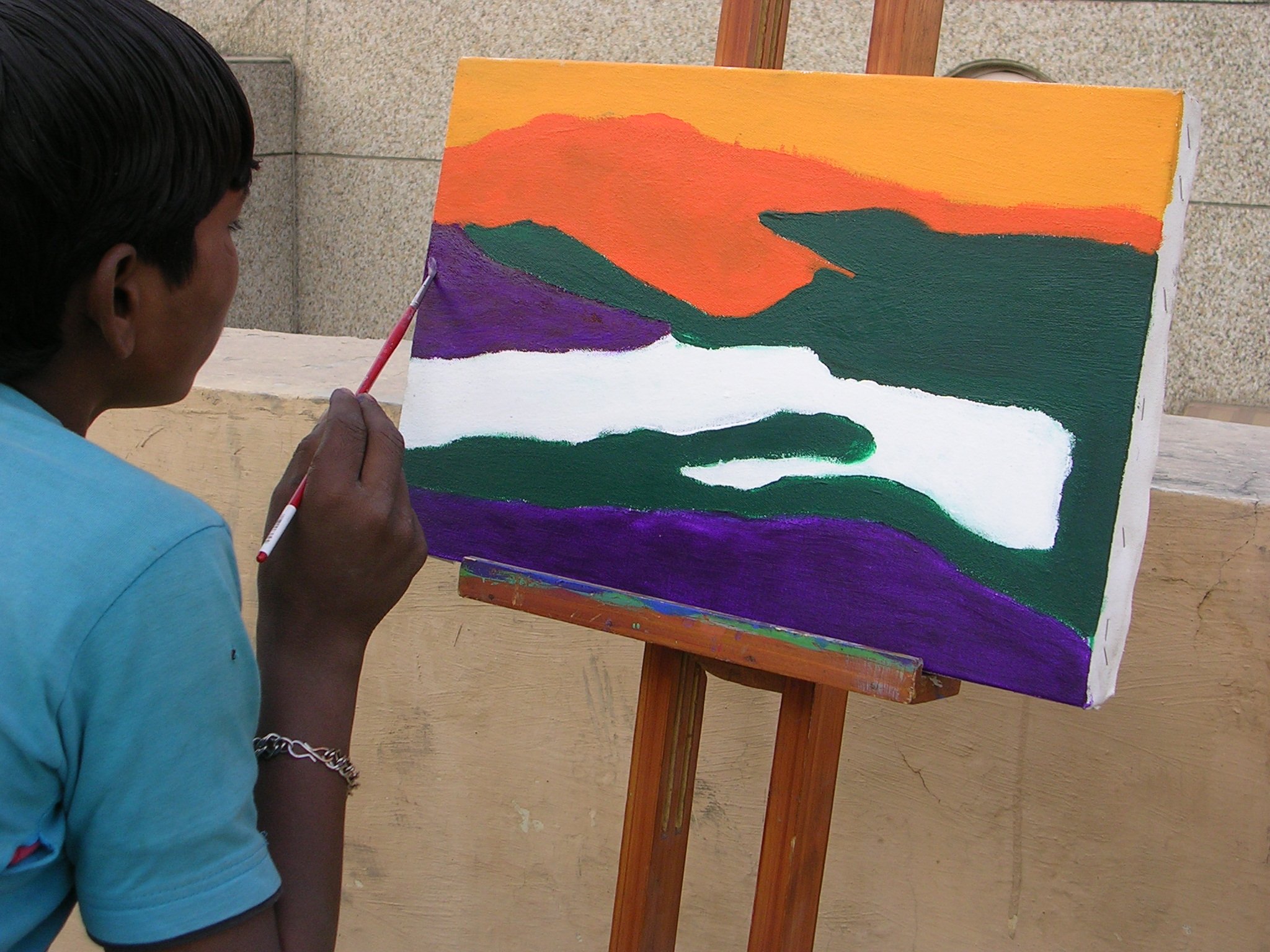
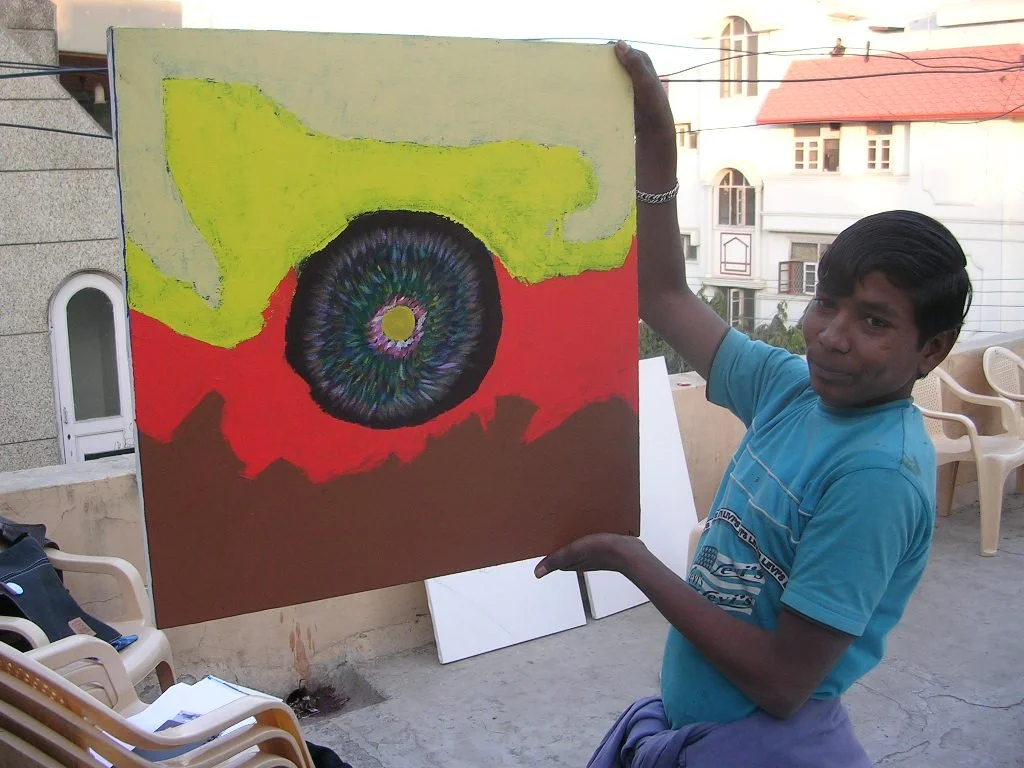
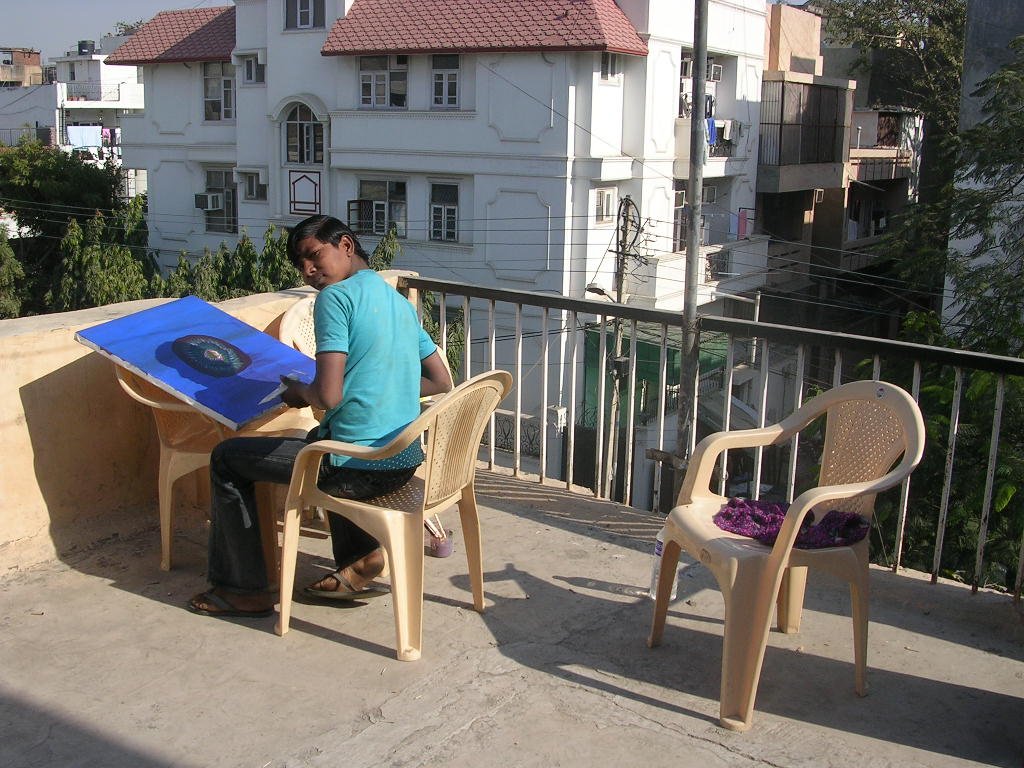
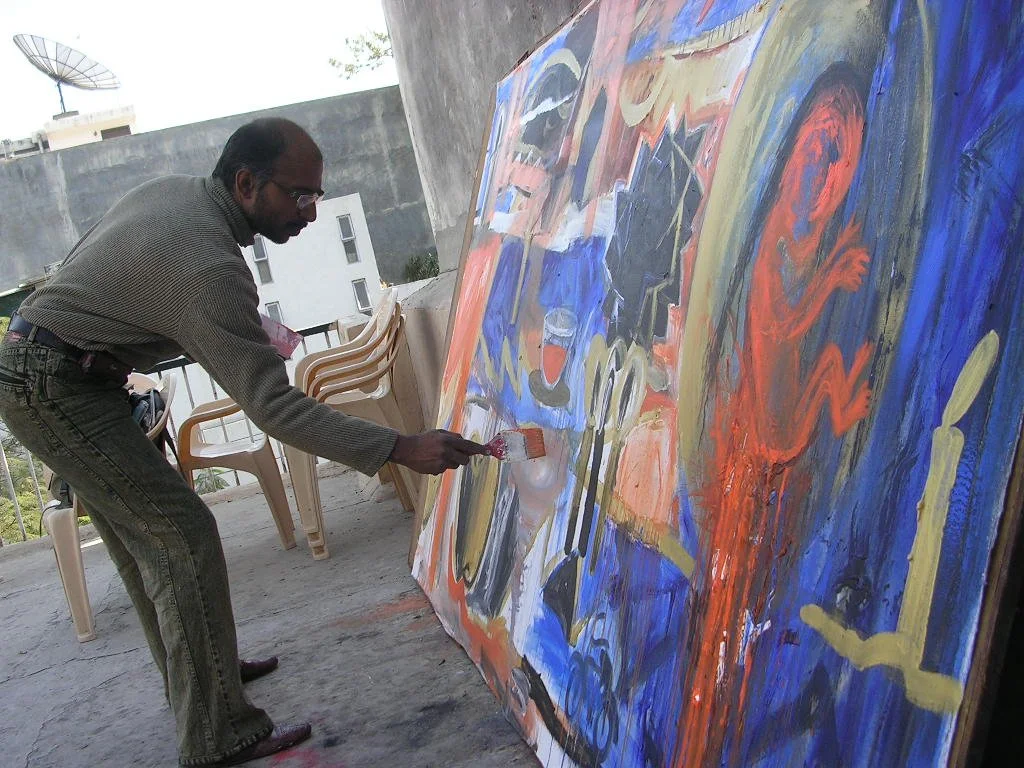

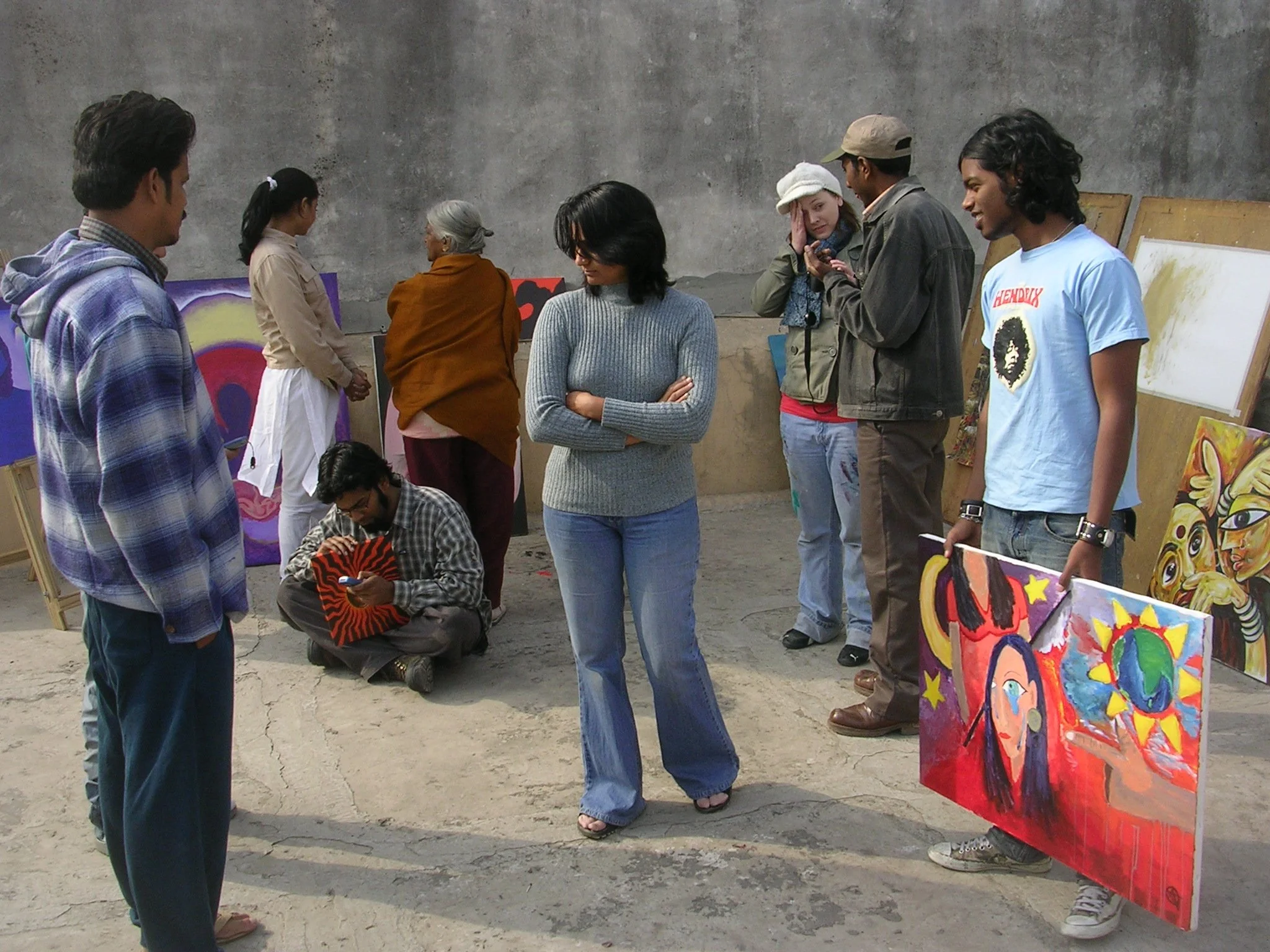
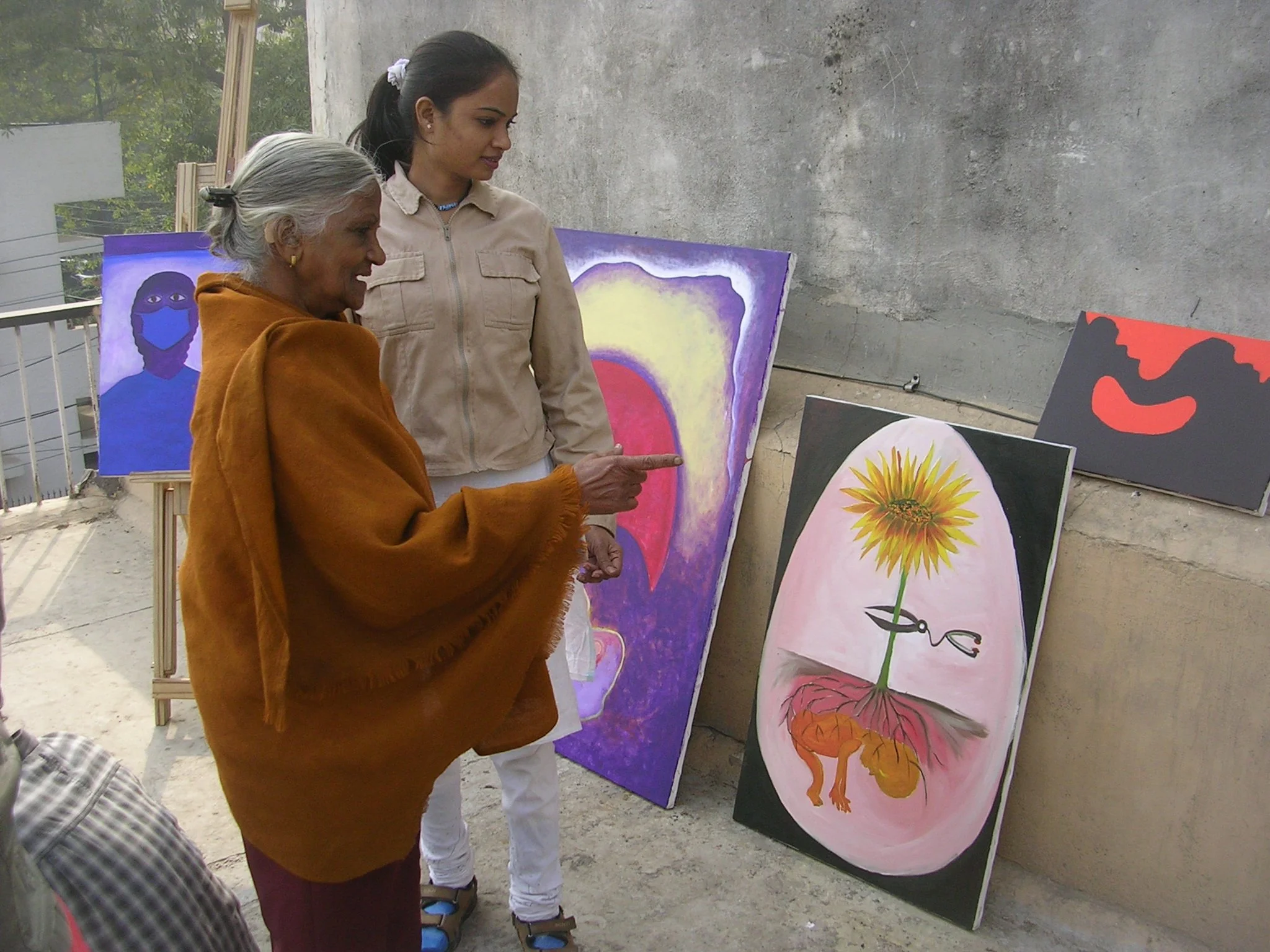
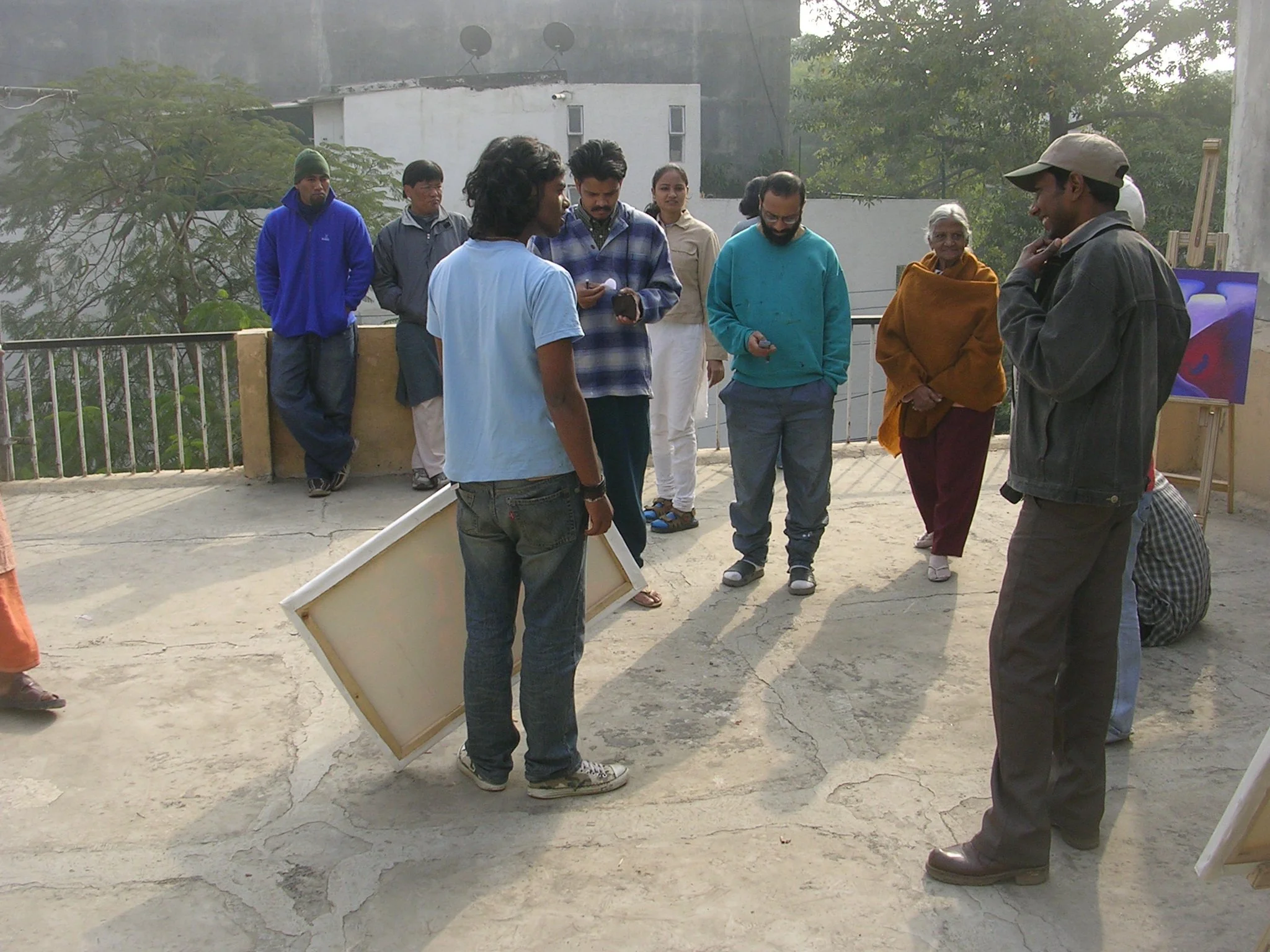


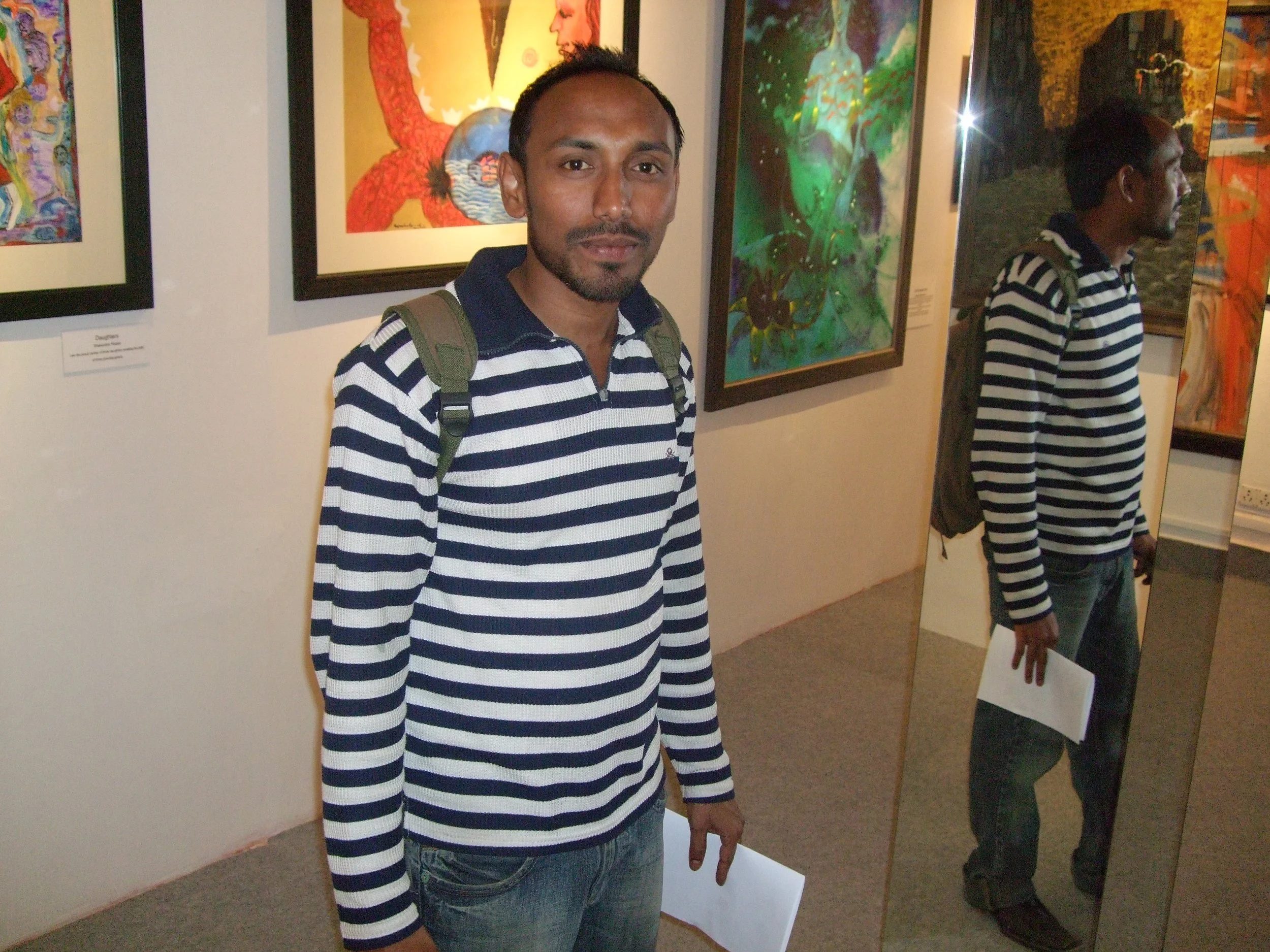
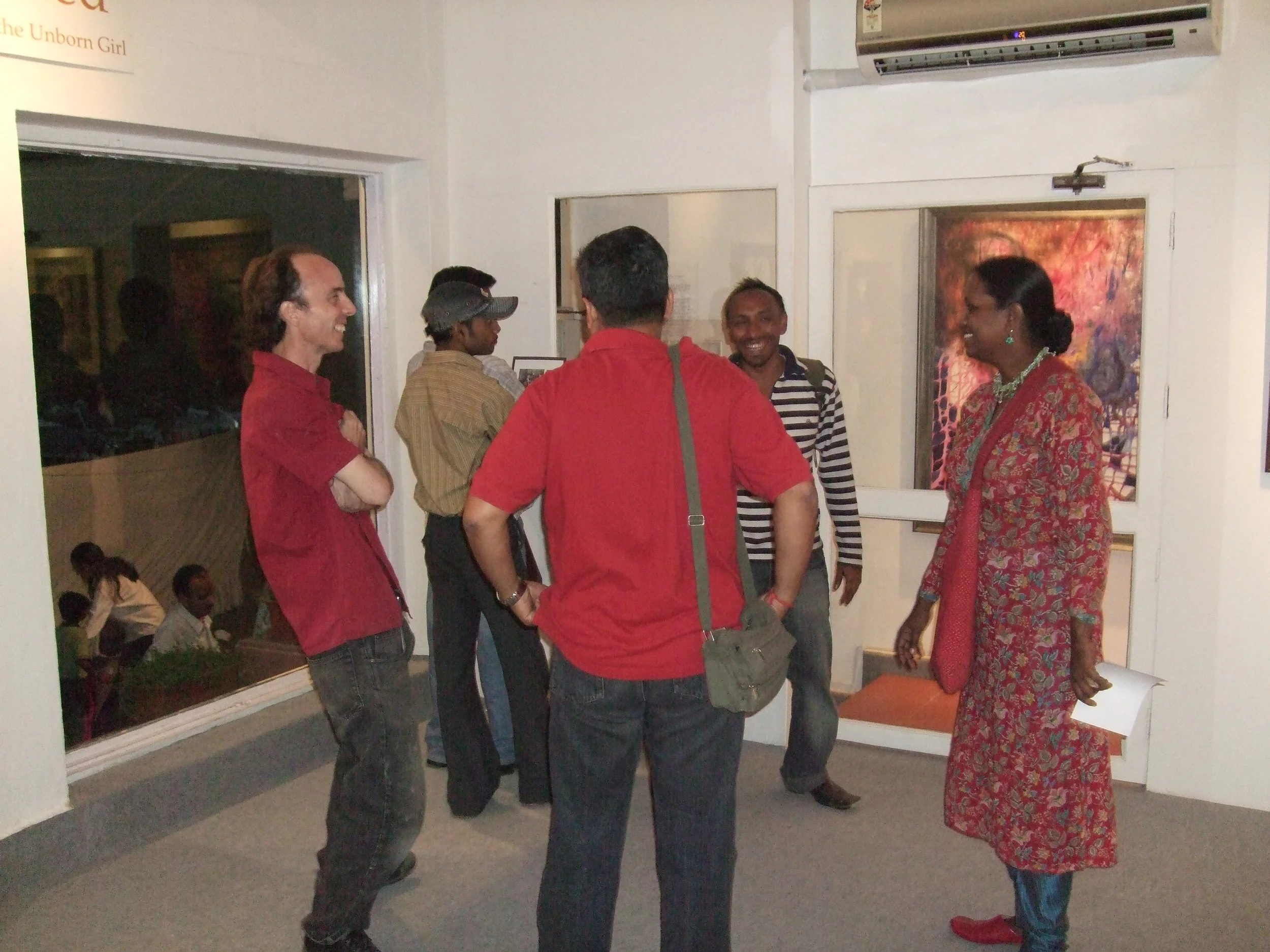
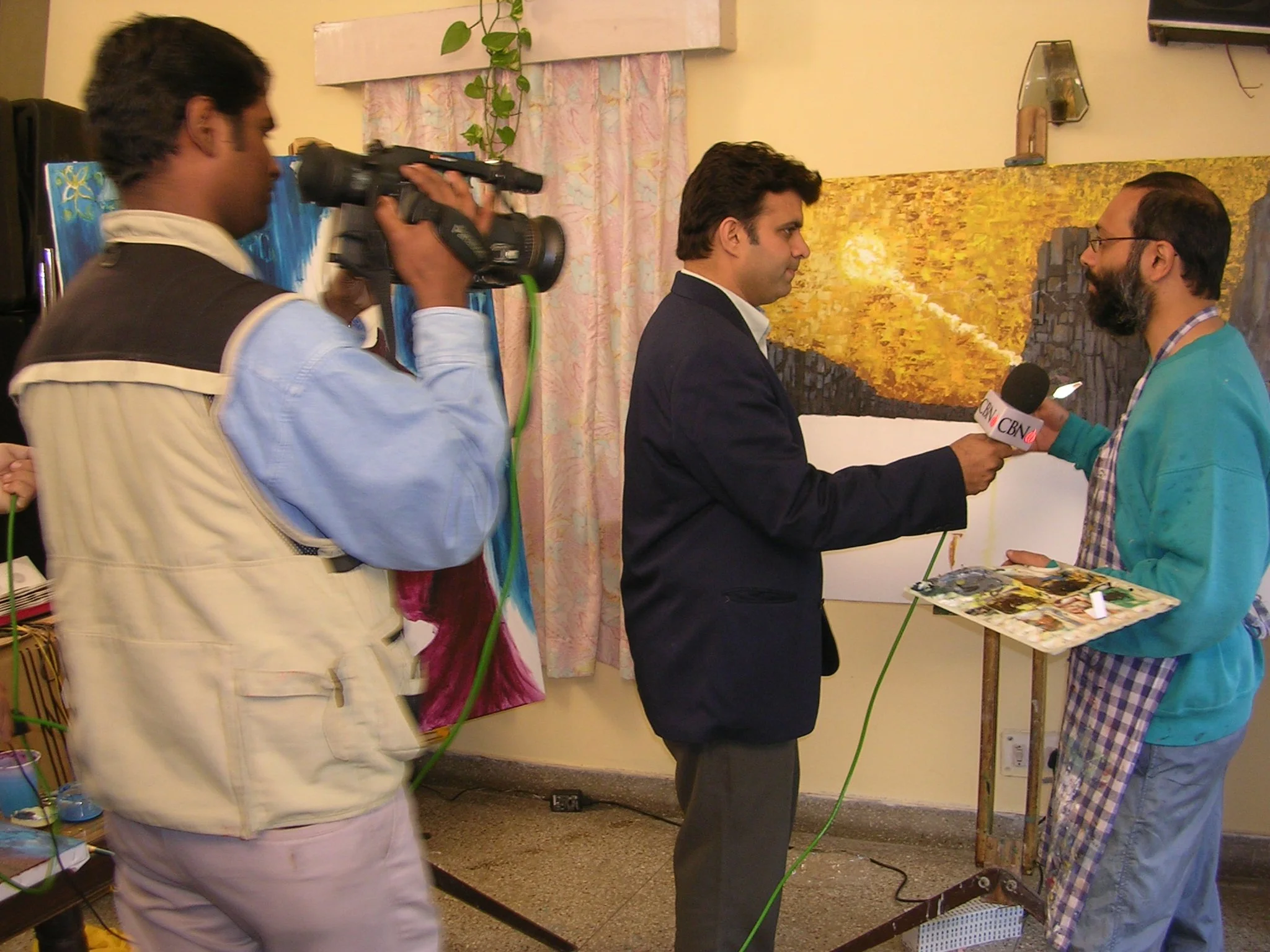







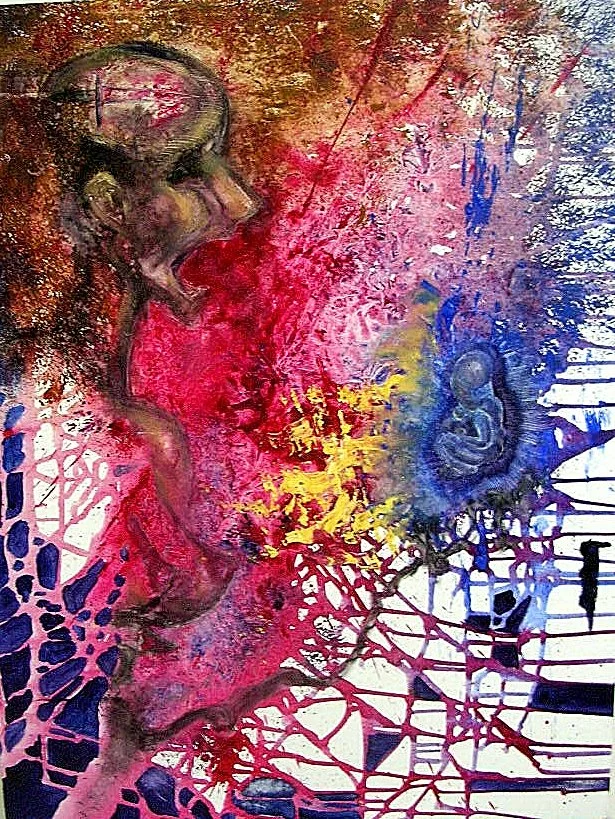



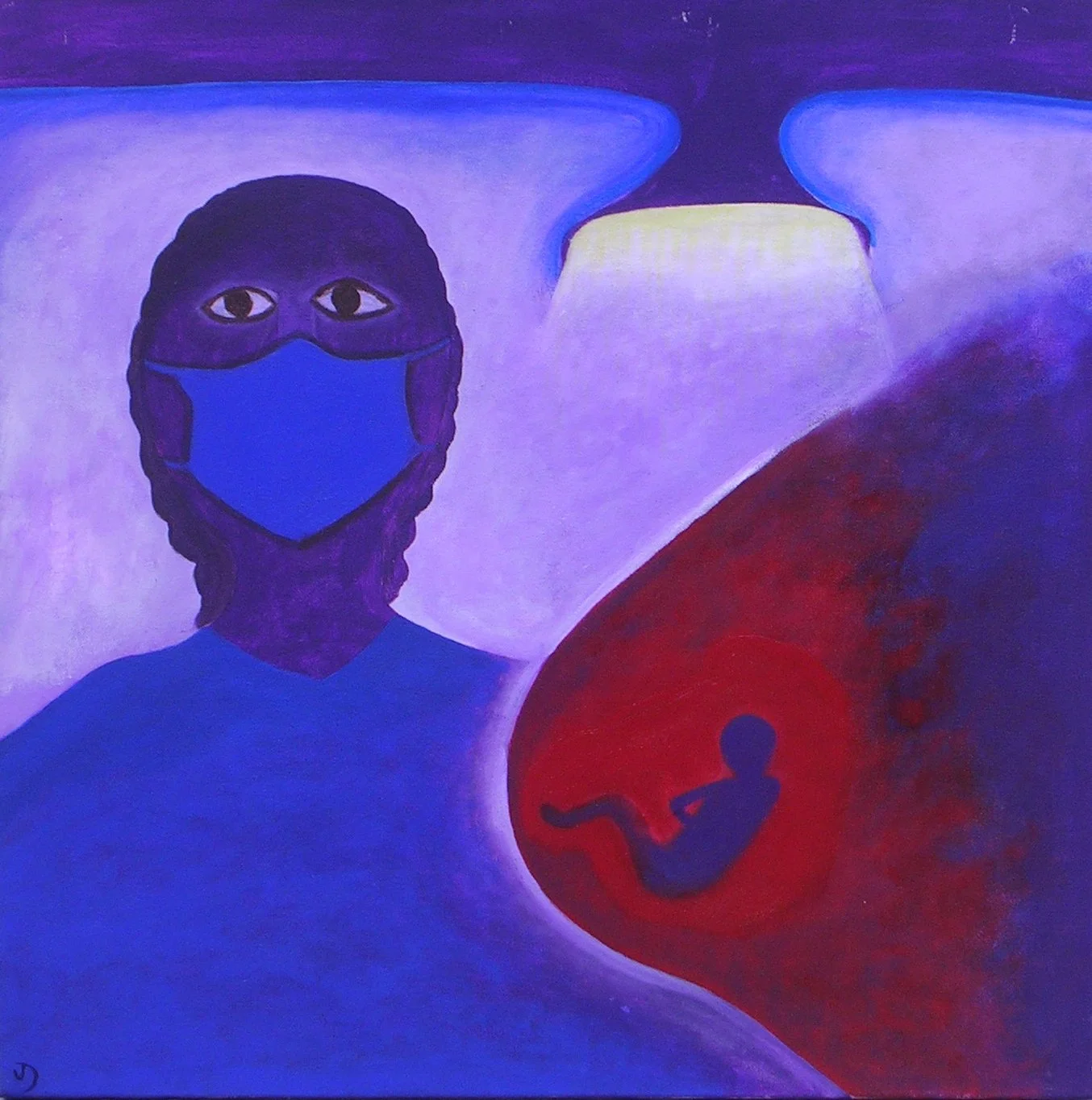




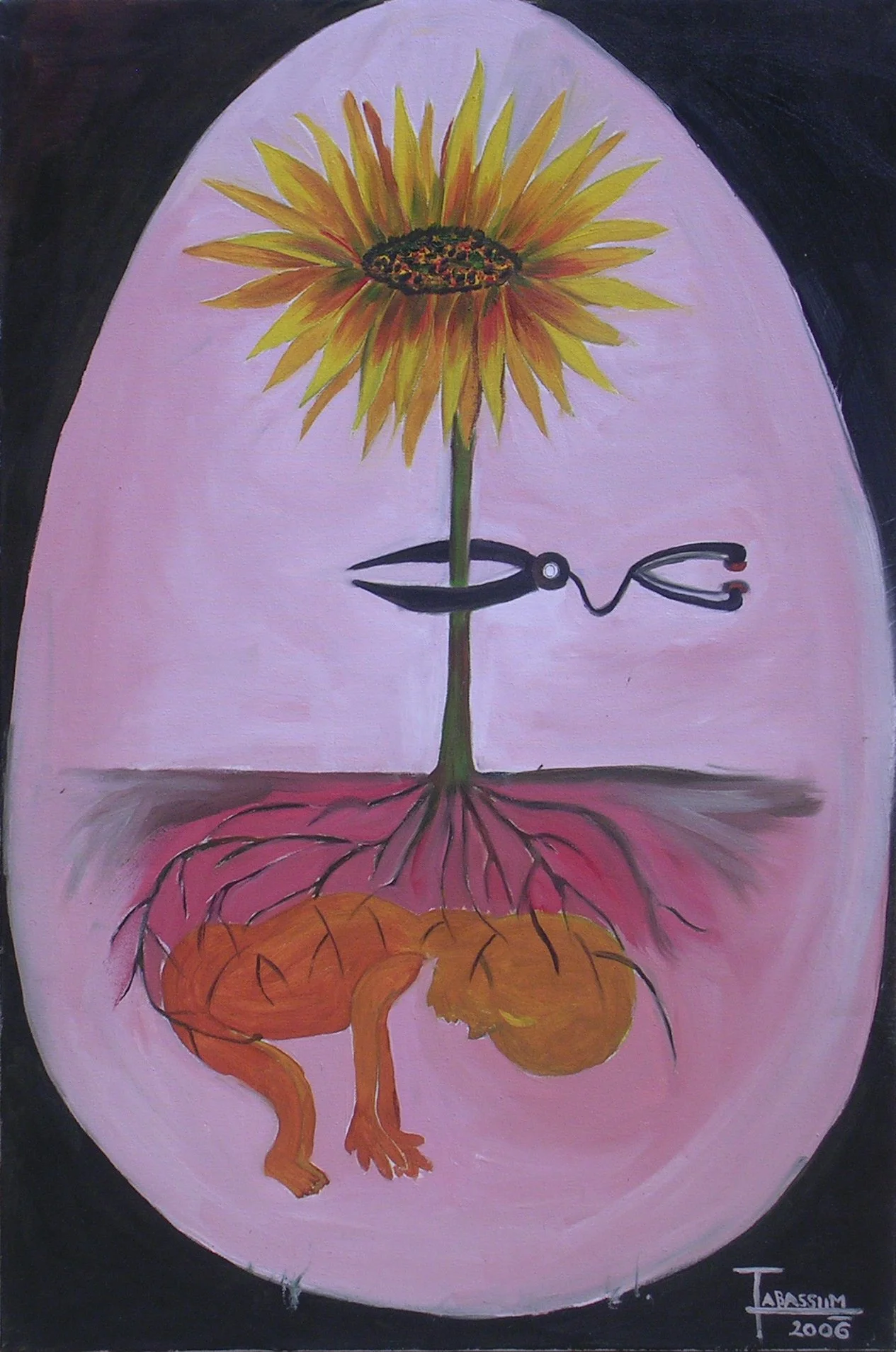
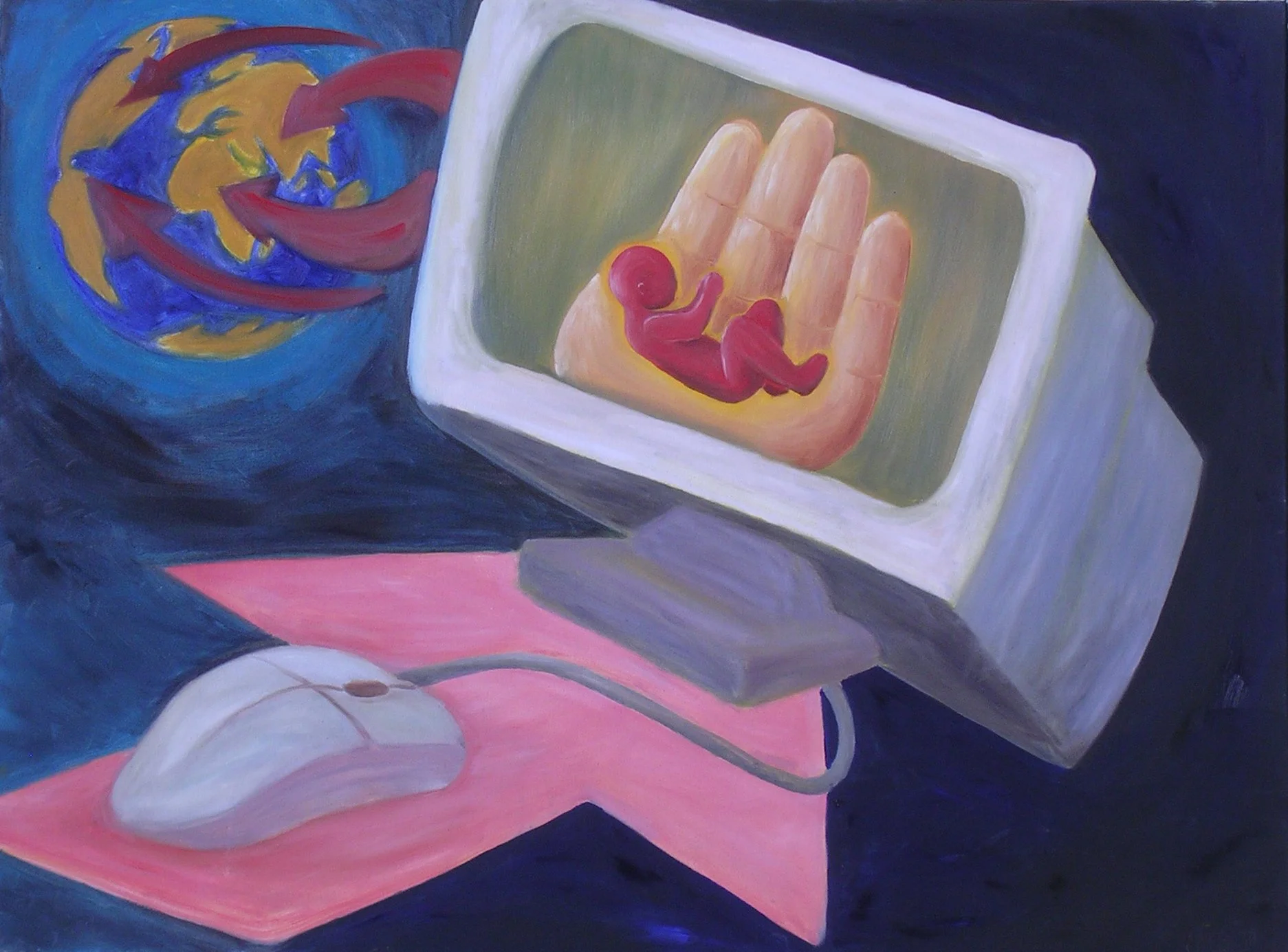
Your Custom Text Here
Art for Change is an organization run by artists for artists. It was started by an informal collective of friends who began meeting once a year to wrestle with an issue that affected both them and society. Our desire was to see our art have significance, and to understand the significance of issues around us through our art. Here is one of our early ‘Creative Conscience’ annual residencies.
It is said that South Asia is the only region in the world where there are more men than women. Amartya Sen, the Nobel laureate and economist explains this disparity with the concept of “missing women”—millions of women who should be alive today but are not.
Recent statistics have revealed a disturbing reality. In New Delhi in the year 2005 only 814 girls were born for every 1,000 boys, meaning almost 1 in 5 girls is selectively aborted in our capital city. Punjab has the worst sex ratio with an average of 776 girls for every 1000 boys, with some areas dropping as startlingly low as 529:1000 (Dhandua District) and 416:1000 (Gobindpura District) .
Having identified female foeticide as the primary cause for this alarming gender imbalance how do we make sense of the disappearance of 10 million women, women who should be with us today—walking our streets, calling out a child’s name, turning companies around—but are simply not there? Where are these ‘Disappeared’? Who is to blame? What are the causes? Where are the solutions?
These and other questions brought a group of eighteen artists together for a week of community and creativity as part of the annual ‘Creative Conscience’ workshop in New Delhi in 2006. Ranging from an art student from Tonga, South Pacific to a lecturer from the College of Art, Delhi, from a 14 year-old former destitute boy previously addicted to heroin to a 73 year-old retired school teacher who paints about red-light districts and riot victims, this diverse circle of friends attempted to wrestle not just with the facts of the problem, but the underlying causes.
As Sheila Dikshit, Delhi’s chief minister, has said: “Enforcing a law is not enough. You have to change people's mindset and empower women.” The paintings here seek to address the mindsets which rob us of our city’s and our nation’s women. In the process they seek to champion the inherent value, beauty, and dignity of the unborn girl.
Art for Change is an organization run by artists for artists. It was started by an informal collective of friends who began meeting once a year to wrestle with an issue that affected both them and society. Our desire was to see our art have significance, and to understand the significance of issues around us through our art. Here is one of our early ‘Creative Conscience’ annual residencies.
It is said that South Asia is the only region in the world where there are more men than women. Amartya Sen, the Nobel laureate and economist explains this disparity with the concept of “missing women”—millions of women who should be alive today but are not.
Recent statistics have revealed a disturbing reality. In New Delhi in the year 2005 only 814 girls were born for every 1,000 boys, meaning almost 1 in 5 girls is selectively aborted in our capital city. Punjab has the worst sex ratio with an average of 776 girls for every 1000 boys, with some areas dropping as startlingly low as 529:1000 (Dhandua District) and 416:1000 (Gobindpura District) .
Having identified female foeticide as the primary cause for this alarming gender imbalance how do we make sense of the disappearance of 10 million women, women who should be with us today—walking our streets, calling out a child’s name, turning companies around—but are simply not there? Where are these ‘Disappeared’? Who is to blame? What are the causes? Where are the solutions?
These and other questions brought a group of eighteen artists together for a week of community and creativity as part of the annual ‘Creative Conscience’ workshop in New Delhi in 2006. Ranging from an art student from Tonga, South Pacific to a lecturer from the College of Art, Delhi, from a 14 year-old former destitute boy previously addicted to heroin to a 73 year-old retired school teacher who paints about red-light districts and riot victims, this diverse circle of friends attempted to wrestle not just with the facts of the problem, but the underlying causes.
As Sheila Dikshit, Delhi’s chief minister, has said: “Enforcing a law is not enough. You have to change people's mindset and empower women.” The paintings here seek to address the mindsets which rob us of our city’s and our nation’s women. In the process they seek to champion the inherent value, beauty, and dignity of the unborn girl.